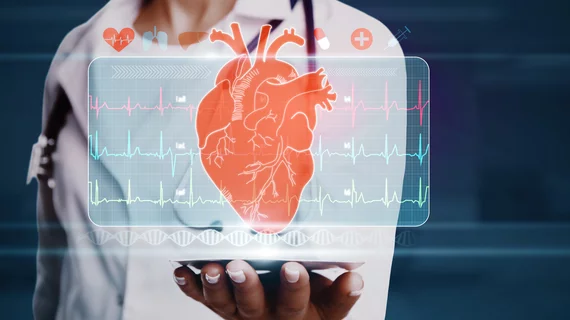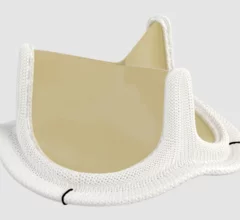Society of Thoracic Surgeons (STS)
The Society of Thoracic Surgeons (STS) is a not-for-profit professional organization representing surgeons, researchers and allied healthcare professionals involved in surgeries of the heart, lungs, and esophagus, as well as other surgical procedures within the chest. It is the largest cardiothoracic surgery organization in the world with more than 7,700 members in 110 countries.
Displaying 1 - 8 of 53












